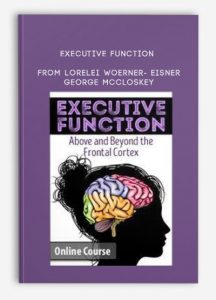 Executive Function from Lorelei Woerner- Eisner, George McCloskey
Executive Function from Lorelei Woerner- Eisner, George McCloskey
More information about Medical:
Medicine is the science and practice of establishing the diagnosis, prognosis, treatment, and prevention of disease.
Medicine encompasses a variety of health care practices evolved to maintain and restore health by the prevention and treatment of illness.
Contemporary medicine applies biomedical sciences, biomedical research, genetics, and medical technology to diagnose, treat, and prevent injury and disease,
typically through pharmaceuticals or surgery, but also through therapies as diverse as psychotherapy, external splints and traction, medical devices, biologics, and ionizing radiation, amongst others.
Medicine has been around for thousands of years, during most of which it was an art (an area of skill and knowledge) frequently having connections to the religious and
philosophical beliefs of local culture. For example, a medicine man would apply herbs and say prayers for healing, or an ancient philosopher and physician would apply bloodletting according to the theories of humorism.
In recent centuries, since the advent of modern science, most medicine has become a combination of art and science (both basic and applied, under the umbrella of medical science).
While stitching technique for sutures is an art learned through practice, the knowledge of what happens at the cellular and molecular level in the tissues being stitched arises through science.
Sought after occupational therapist and international lecturer, Lorelei Woerner-Eisner OTR/L, C-IAYT, RYT500 shares her 20 plus years of experience, continuing education, and therapeutic techniques, as well as her integrative perspective on wellness. This convenient online course brings fresh integrative research-based and clinically proven techniques to enhance initiation, engagement, attending behavior and memory, as well as processing and self-monitoring.
Explore integrative tools you can use with challenges such as: the kid who scores well on tests but performs poorly in school, who is distracted and impulsive, who lacks motivation or is hindered by anxiety.
- Expand your principles of yoga, mindfulness, breath and the gut in developing: flexible thinking, memory, planning, organization, impulse control, emotional regulation, attending behavior, task initiation and habit building
- Strategies to cultivate motivation, efficacy, carry over and decrease fear, anxiety, and resistance
- Modify sensory input to increase alertness or facilitate calming
Lorelei walks you step-by-step through Executive Function beginning with the foundational elements of brain function, effects of the gut and sensory input, as well as stress and fear. Then she will show you how to apply that into integrative treatments while learning and experiencing specific strategies that will make a real difference in children’s lives.
Don’t miss this unique opportunity to explore integrative and cutting-edge techniques that you can use the very next day!
Broaden your view of executive function and increase your effectiveness as a therapist.Principles of Executive Function Levels of the Whole Person
- Physical – movement, posture and anatomy
- Breath and physiological systems
- Intellect – cognition, self-expression and sensory
- Personality – preferences, values and behaviors
- Emotional tone and the subjective
- Brain development & autonomic nervous system (ANS)
- Pruning and the use it or lose it principle
- Vagus nerve’s relation to physical and emotional effects
Effects of Stress on EF
- Effect on neural networks
- Cortisol and fight/flight effect on the brain
- Differences between fear and anxiety
- Getting to the basis of anger and frustration
The Gut Brain
- Enteric nervous system: the “second brain”
- Neurotransmitters in the gut that affect mood
- ADHD-gut connection
- Enhance mood and memory through nutrition
Sensory Processing
- 3 developmental levels of regulation
- Swings effect on the Reticular Activating System
- Adjustments in sensory input to create balance
- Calm the sympathetic nervous system thru sensory input
Strategies to Develop Healthy Habits
- Using your mind to change your brain
- Power of thought and visualization
- Routines and steps to build habits
- Enhancing neurogenesis and neuroplasticity
Yoga, Mindfulness and Meditation Principles
- Mind-body-breath connection
- Yoga poses for self-regulation
- Interoception to build deeper self-awareness
- Power of the pause
Breath and Regulation Techniques
- Using breath to affect arousal levels
- Increasing and decreasing heart rate and blood pressure
- Supports movement and posture
- Techniques for focus, delayed gratification and processing in the pause
Sensory Processing Strategies
- Using the sensory systems to promote self-regulation and calm the sympathetic nervous system
- Looking at rhythmicity and touch as factors in enhancing EF
Attention-Memory Connection
- Learning requirements for memory
- Emotion-motivation connection
- Intrinsic motivation to enhance processing
- The driving force of optimism and hope
- How multi-tasking is counter-productive
- Strategies that support focus and recall
Putting the pause on Impulsivity
- Marshmallows: the importance of learning to wait
- Anti-rush therapy to promote waiting
- Do-overs to teach healthy alternatives
Self-Generation and Self-Determination
- Promote delayed gratification, self-monitoring, task initiation, emotional control
- Supporting persistence to stick with dull and challenging activities
- Allowing time for processing, planning and self-correction
Strategies for Healthy Social Connections:
- Using the whole self as a therapeutic tool: emotion, modeling and positioning
- The power of relationship in therapeutic effectiveness
- Cuing and facilitation to promote participation, engagement and increased independence
- Teaching tolerance and awareness
Treatment Strategies for Challenging Emotions
- Decreasing stress to facilitate EF
- Understanding fear, as the basis for many challenging emotions
- Using the teachable-moment “failures”
Walk away from this online course with ideas to stimulate your own creativity, and strategies to facilitate cooperation and carry-over in your clients. Get started today!
- Proven Interventions for Children, Adolescents and Adults
- Profile your client’s EF strengths and weaknesses to target specific interventions
- Promote EF development – strategies for directing, cueing, prompting
- Transition strategies from being externally prompted to internally regulated
- Tailor interventions that can be used individually or with large groups/classrooms
- Teach your clients to be more independent


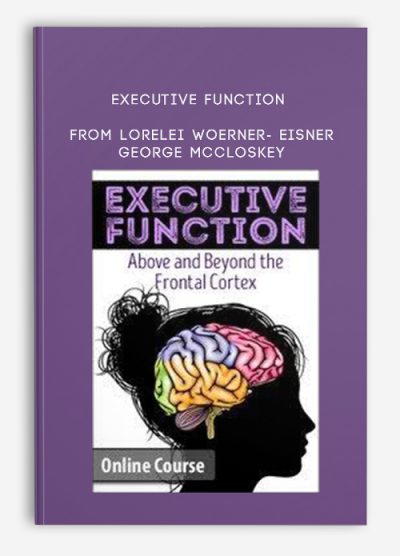


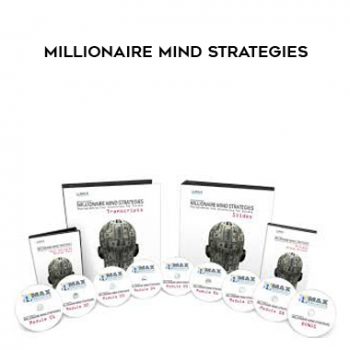




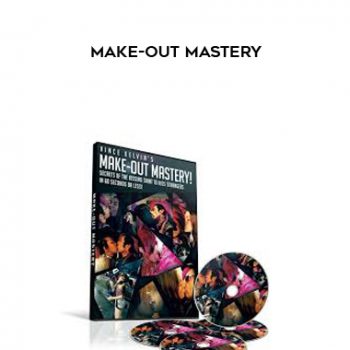

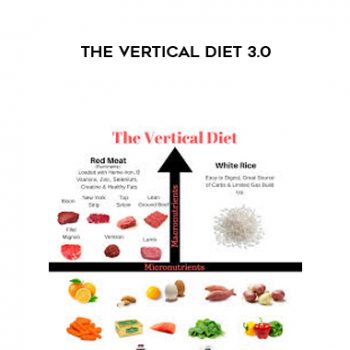
tristian –
This is Digital Download service, the course is available at Coursecui.com and Email download delivery.